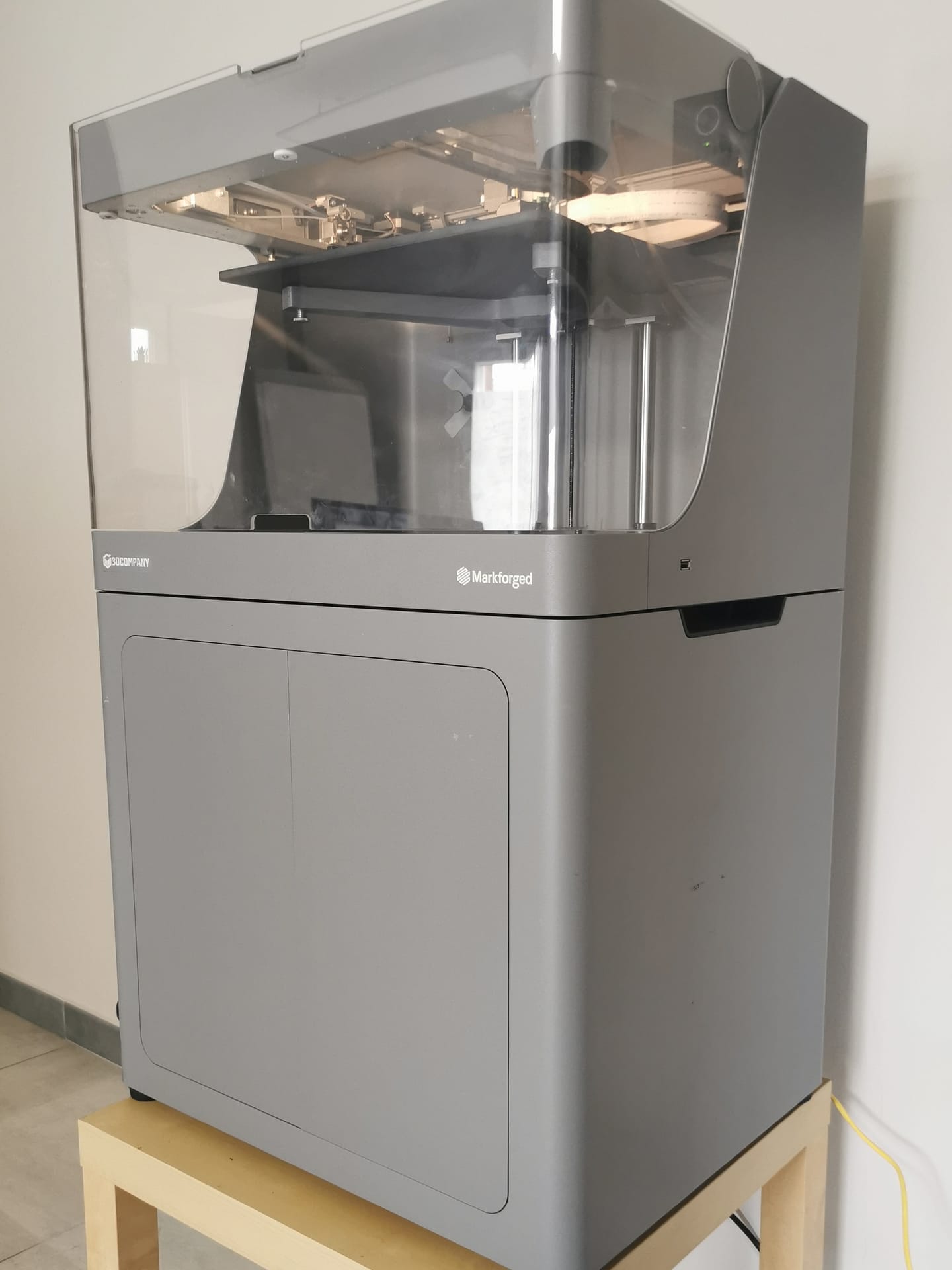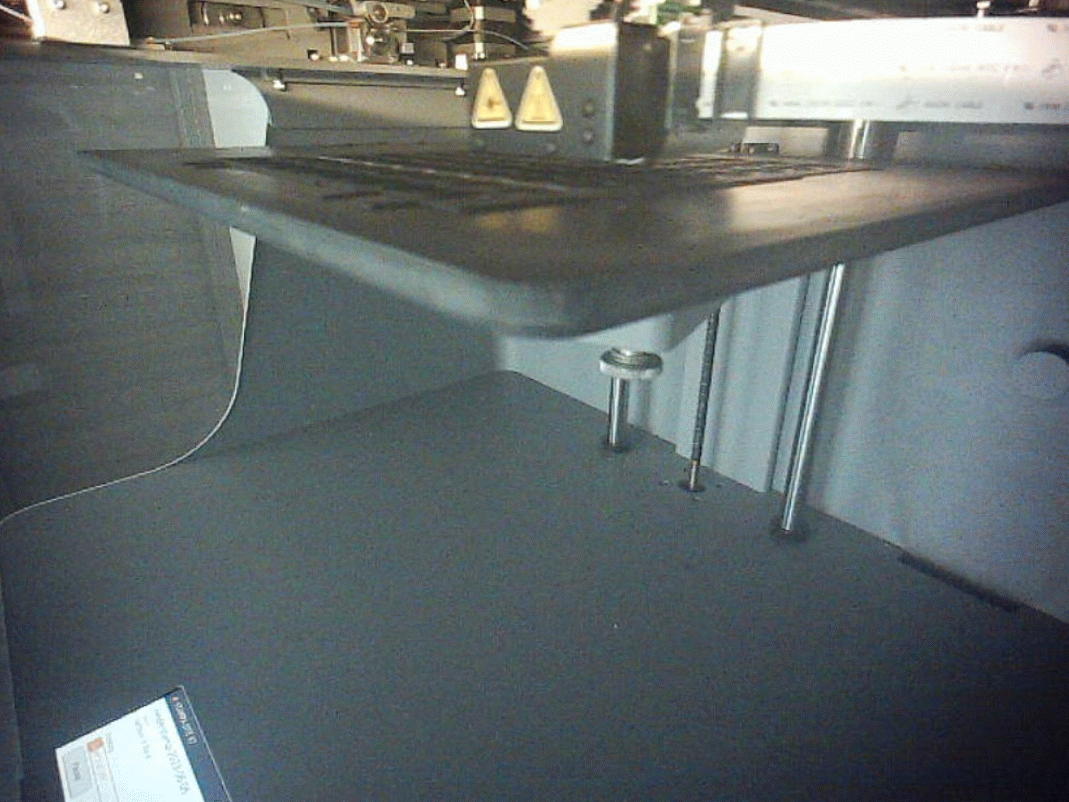This year’s biggest announcement is that in D.T.E. Srl we have implemented another important innovation, which will further expand the company’s production capabilities, with special consideration for new technologies: 3D printing.
3D printing is the creation of three-dimensional objects through additive production: it starts from a digital model, suitably processed with CAD softwares and made with special printers, which work by depositing layers of material on top of each other. It is a relatively recent technology, which however brings numerous advantages, including the simplicity of use and the infinite applications that this can have in many working sectors. With 3D printing it is possible to produce complex parts, which would be impossible to achieve with traditional methods.
Furthermore, it is widely used in the field of prototyping.
In our possession we have an industrial carbon fiber printer with CFR technology (Continuous Fiber Reinforcement process), which develops the following work volume:
Lenght: 330 mm
Depth: 270 mm
Height: 200 mm
The resolution of the Z axis has a range that goes from 50 to 250 μm.
Continuous fiber prints are on a higher level than the normal 3D printing of composites. Parts are reinforced with continuous filaments of fibers, often carbon or glass, during the 3D printing process; this means you can focus on strengthening specific weak points and further optimize the part’s weight.
With a wide range of compatible materials (both composite and continuous fibers) and a high precision ground composite print bed, we are able to satisfy every one of our customerìs need. The support software then allows to shorten the working times and to improve the quality of the finished product in a repeatable way, with an almost perfect surface finish.
Mostly, 3D printers work with plastic materials, but metal printing is making its way lately.
Our printer uses the following materials (individually, or in combination in reinforcement mode):
- Onyx ™
- Onyx FR ™
- Onyx ESD ™
- Nylon
- Precise PLA
- Smooth TPU 95A
- Carbon fiber
- Carbon fiber FR
- Glass fiber
- Aramid fiber (Kevlar®)
- Glass fiber HSHT


How does 3d printing work?
A digital 3D model is cut into hundreds of thin layers by a dedicated software to be then exported in G-code format. This format is a language that the 3D printer reads to know exactly when and where to deposit the material.
Each layer corresponds to the exact 2D shape of a section or slice of the object. For example, if you were 3D printing a pyramid, the first layer (bottom) would be a flat square and the last layer (top) would be a small dot.
The layers are 3D printed one at a time until the fully printed object is obtained.






